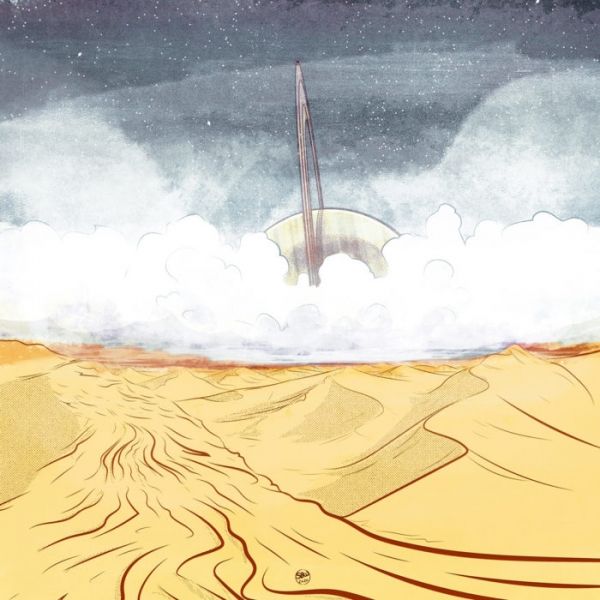Catherine Neish is counting the days until her space launch. While the Western planetary geologist isn’t space-suiting up for her own interstellar voyage, she is playing a key role in an international mission – dispatching a robotic drone to Saturn’s moon Titan – set to blast-off in 2027.
For nearly two decades, the global space sector has focused a majority of its funds and research on Mars, in search of the building blocks of life. And yet, there are dynamic worlds like Saturn’s moon Titan, which may actually have more going on biologically than the Red Planet.
In a recent study published by Astronomy & Astrophysics, Neish – a member of Western’s Institute for Earth and Space Exploration (Western Space) – and her collaborators at the European Space Agency (ESA) used advanced imaging technology to investigate Titan. They found when impact craters are formed on Saturn’s largest moon, it exposes relatively fresh ‘water ice’ from Titan’s icy crust.
On Titan, atmospheric processes bury the ice under a layer of sand-like organic material. In Titan’s dry equatorial regions, the sand piles up; but at higher, wetter latitudes, surface streams erode the sand away.
Continue reading at Western University.
Image via Scott Woods - Western University.


